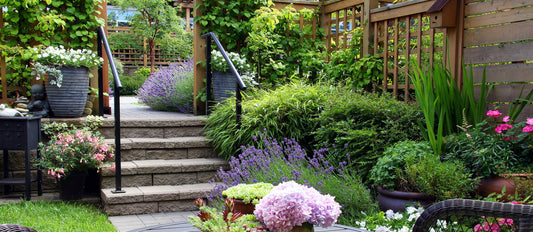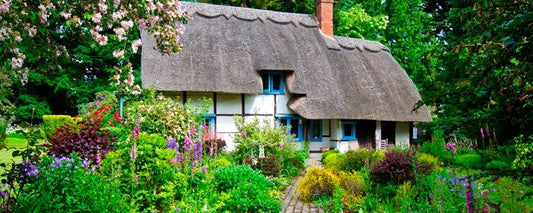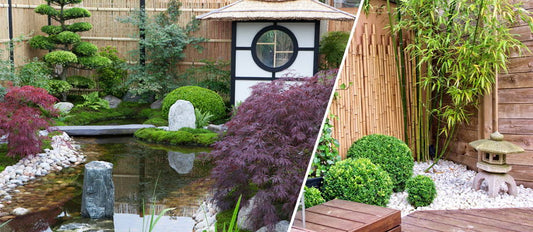Many people are glad to see an olive tree in their garden. This garden plant makes you feel as if you're sitting on a Mediterranean island. Olea europaea, the official name of the olive tree, originally comes from southern Europe. They are very resilient against the heat but can also withstand a cool sea breeze. To keep your olive tree looking its best, we have listed a number of tips for you.
Climate and location
Olive trees really love the sun and need hours of sunshine every day. So when you buy this plant, think about how much sun your garden gets. A south-facing garden is ideal for olive trees. They like to be in the sun all day long. Olive trees can also be indoor plants. Place them close to the window to get as much direct sunlight as possible. Olive trees love a warm summer, but they can also withstand the winter fairly well. However, olive trees aren't completely hardy and we recommend bringing the plant inside if the temperature dips below -2⁰C during the day or -10⁰C at night.
Watering and feeding
Olive trees love soil that is slightly moist, so make sure to give them a splash of water regularly. Because this plant is in the sun a lot and is often planted in a flower pot, the water evaporates quickly. Once a week should be enough in winter, but in summer you may have to water your plant up to two or three times a week. Never pour too much water onto the potting soil at once. This may leave a pool of water in the pot, which can cause root rot. Not sure whether your tree needs water? Stick your finger into the potting soil up to the second knuckle. If the earth no longer feels moist, add a bit more water.
We advise against spraying olive trees wherever possible. The Olea is used to growing in dry areas and therefore doesn't need much humidity. In summer, spraying can even be harmful to the plant. The water droplets act like a magnifying glass in the sunlight. Olive leaves can be burnt and damaged.
Olive trees don't necessarily need plant food. Would you like to use fertilisers to help your olive tree grow faster? If so, do this during the growing and flowering period. The growing period is between March and September. Olive trees bloom in May or June. In the dormant period, feeding may even be harmful for plants.
Pruning
We highly recommend pruning olive trees. Pruning helps your tree stay beautiful and use its energy to grow strong branches. Never prune more than 20 cm off the branches. This will drastically reduce your chance of growing olives. If you do, the chance of growing olives will be very small. Remove the dead branches and branches that have grown inwards with a sharp blade or pruning shears. Always make sure that the tool is sharp and clean (and preferably disinfected) to avoid pruning wounds. It's best to prune in early spring at the start of the growing period. The plant will quickly recover after pruning. You don't have to remove brown or yellow leaves right away. These are often a sign of too much water or too little sunlight. Try putting the plant somewhere drier or giving it more sunlight. Are the leaves staying brown or yellow? If so, prune them off.
Good to know!
- An olive tree will only grow olives after five years. Olive-growing branches must be pruned.
- Olive trees may sprout white flowers in May and June. This only happens after a colder winter period.
- The plant is not poisonous. You can eat the olives that you grow just as they are!
- Olive trees are very susceptible to lice. Make sure to check them several times a month.
The olive tree is one of our Mediterranean plants. Want to discover more Mediterranean plants? Have a peek at our wide range of products!




